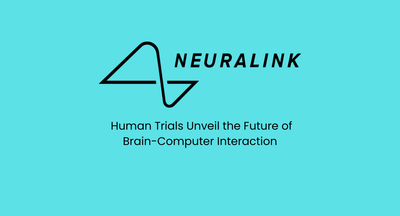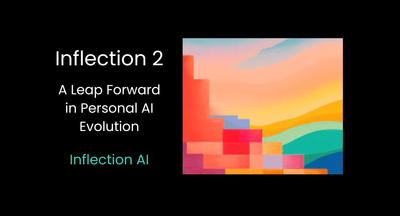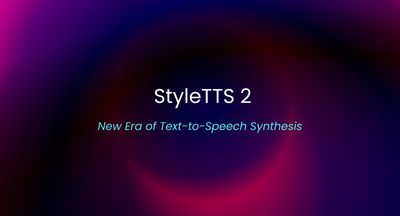WORLD CREATIVITY AND INNOVATION DAY 21st April 2023

World Creativity and Innovation Day is part of the World Creativity and Innovation Week (WCIW), which begins on April 15, the birthday of Leonardo da Vinci, celebrated as World Art Day, and ends on April 21. World Creativity and Innovation Day were founded in 2001 by Marci Segal, a renowned creativity specialist and futurist from Canada. She wanted to inspire people to employ creativity to develop fresh ideas, enforce positive transformation in the world and perform problem-solving.
Since then, World Creativity and Innovation Day have been part of the UN initiative, “Transforming our world: the 2030 Agenda for Sustainable Development.” The UN looks at the development of micro, small, and medium-sized industries as fostering creativity and innovation and generating employment to help each member nation economically.
In recent years, artificial intelligence has played an increasingly important role in fostering creativity and innovation. Generative and productive AI tools are playing a key role in driving creativity and innovation by enabling new ways of thinking, problem-solving, and collaboration.
Here are some specific examples of how generative and productive AI tools are contributing to this
- Idea generation: AI-powered generative tools can generate new ideas by combining and remixing existing ones. This can help creators and innovators overcome creative blocks and come up with fresh, novel ideas.
- Design exploration: AI-powered generative tools can explore new design possibilities by generating variations of existing designs. This can help designers discover new patterns, shapes, and colour combinations that they may not have considered otherwise.
- Workflow automation: AI-powered productive tools can automate repetitive tasks, such as data entry and processing, freeing up time and resources for creators and innovators to focus on more complex and creative work.
- Pattern recognition: AI-powered systems can analyze vast amounts of data to identify patterns and insights humans may have missed. This can help identify new opportunities for innovation and problem-solving.
- Collaborative problem-solving: AI-powered tools can enable teams to collaborate in real time, sharing ideas, feedback, and insights. This can lead to more diverse and innovative solutions to complex problems.
In summary, generative and productive AI tools are helping creators and innovators break through creative barriers and discover new possibilities. By leveraging the power of AI, we can drive innovation and creativity towards solving some of the most pressing problems facing our world today.
No spam, no sharing to third party. Only you and me.






